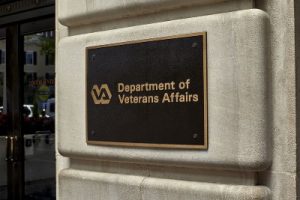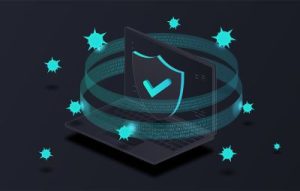
Beyond its important mission of "caring for those who have served in our nation's military and for their families, caregivers, and survivors," the work of today's U.S. Department of Veterans Affairs (VA) is guided by a strategic plan that lays out agency goals to be achieved through 2028. The projects the VA initiates over the coming years will support the following goals:
- Consistently communicate with customers and partners to assess and maximize performance, evaluate needs, and build long-term relationships and trust
- Deliver timely, accessible, and high-quality benefits, care, and services
- Build and maintain trust through proven stewardship, transparency, and accountability
- Strive toward excellence in all business operations--including governance, systems, data, and management
Several recent programs illustrate the commitment that the VA has to meeting and exceeding these goals by 2028 and beyond. Continue reading





